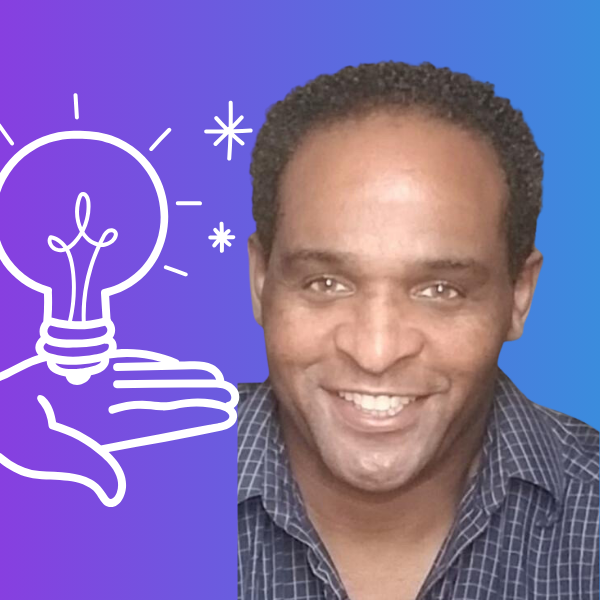The Detailed Financial Transaction (DFT) interface is a vital component within healthcare information systems that enables electronic transfer of information related to billing accounts, charges, payments, adjustments, insurance, and other pertinent financial data.
By providing a standardized framework for exchanging financial information, the DFT interface empowers healthcare providers to achieve greater transparency, accuracy, and efficiency in managing their financial operations:
- Facilitating the seamless exchange of financial data
- Streamlining billing procedures
- Improving revenue cycle management
- Enhancing overall operational effectiveness
What does DFT mean?
A Detailed Financial Transaction (DFT) message is a component of the electronic communication system used in healthcare. It contains detailed information about financial transactions related to patient care to ensure proper financial management and documentation.
For ultrasound specifically, think of it as a digital receipt that tracks the financial side of ultrasound appointments at your healthcare practice. It can include details such as the charges for the ultrasound service provided, payments made by the patient or their insurance, adjustments to the bill, and relevant insurance information.
These DFT messages make sure you accurately bill for ultrasound services. They help keep track of costs associated with each ultrasound procedure, process payments efficiently, and manage insurance claims.
Essentially, DFT messages help you maintain the financial health of your practice.
What is a DFT Interface or integration?
A DFT interface enables the seamless transfer of detailed financial data related to ultrasound services from the reporting system to the billing system. It can include information such as the:
- Type of procedure performed
- Patient demographics
- Charges associated with the procedure
- Insurance details
- Payments received
- Adjustments or discounts applied
With a DFT interface in place, healthcare providers can ensure accurate and efficient billing for ultrasound services. It reduces manual data entry errors, streamlines the billing process, and improves overall financial management within the healthcare organization. Additionally, it helps maintain compliance with regulatory requirements and facilitates proper reimbursement for ultrasound services rendered.
What’s the difference between HL7 and DFT?
HL7 (Health Level Seven) interfaces are commonly used to exchange various types of healthcare data between different systems, such as electronic health records (EHRs), billing systems, and information systems. But the standard HL7 messaging format doesn’t directly support all aspects of billing, such as associating specific billing codes with individual services or procedures.
The DFT integration customizes the HL7 interface to include functionality that enables the inclusion of billing codes directly. For example, when relevant healthcare services or procedures are documented or reported within AS Software, the associated billing codes can be automatically included in the data exchange.
By incorporating billing codes directly into the HL7 messages exchanged between systems, the need for manual intervention or separate processes to add billing information is eliminated. This simplifies the billing process by automating the capture and transmission of billing-related data, reducing the potential for errors and improving efficiency.
How does AS Software’s DFT interface work?
AS Software’s DFT Interface enables the exchange of data between the reporting information system and external systems, like your EHR, using a DFT-customized HL7 communications standard.
This DFT integration allows both systems to function as one integrated solution for a clinic or medical practice. It also includes features for exporting patient charge information, charge cancellation messages, and correction charges.
Exporting Patient Charge Information: When a physician signs a report in the AS Software system, patient charge information is exported. This includes details of the services provided to the patient, with the correct billing codes.
Exporting Charge Cancellation Messages: If a report is unsigned or cancelled, the AS Software system exports charge cancellation messages to reflect this change automatically.
Exporting Correction Charges: When a corrected report is signed, the AS Software system exports the new charges to update the billing information accordingly.
The HL7 DFT Interface for Outbound Billing Charge Capture
Explore how to streamline the billing process by automatically capturing and forwarding details from the ultrasound study.
View Details
Why are DFT interfaces important?
Without the DFT interface, several inefficiencies develop in the billing and administrative processes:
Manual Data Entry: Without the DFT interface, staff would need to manually enter charge information into the billing system after each ultrasound procedure. This manual process is prone to errors, leading to potential discrepancies in billing and delays in revenue cycle management.
Delayed Billing: Since charge information would need to be manually entered into the billing system, there may be delays in billing patients or submitting claims to insurance providers. This delay can result in delayed payment and negatively impact the cash flow of the healthcare organization.
Increased Administrative Burden: Healthcare staff would need to spend additional time reconciling data between the ultrasound reporting system and the billing system. This increased administrative burden reduces productivity and may divert resources away from patient care activities.
Billing Errors: Manual data entry increases the risk of billing errors, such as incorrect charge amounts or missing billing codes. These errors can lead to claim denials, payment delays, and potential compliance issues.
Lack of Real-Time Information: Without automated data exchange through the DFT interface, there may be a lack of real-time visibility into the financial aspects of ultrasound procedures. This hampers decision-making processes and the ability to monitor revenue performance effectively.
Incomplete Documentation: In the absence of automated charge export functionality, there may be instances where charge information is not properly documented or missed altogether. This incomplete documentation can result in revenue leakage and billing inaccuracies.
Manual work and disconnected technologies create inefficiencies, errors, and delays in billing and administrative processes, particularly in ultrasound reporting within healthcare settings.
However, implementing the DFT interface streamlines these processes, enhances accuracy, and boosts overall operational efficiency.
By facilitating efficient communication between systems, improving billing accuracy, and streamlining workflow processes, the DFT interface significantly optimizes the financial management of your healthcare operations.
To learn more about DFT interfaces and how they can create billing efficiencies in your organization, schedule a demo.
Caleb King, Director of Customer Engagement
With over a decade of experience building results-driven relationships, Caleb has a deep understanding of meeting customer needs with efficiency. At AS Software, Caleb coordinates complex healthcare projects, and is passionate about making a positive impact by delivering value with ongoing expertise and optimization.










